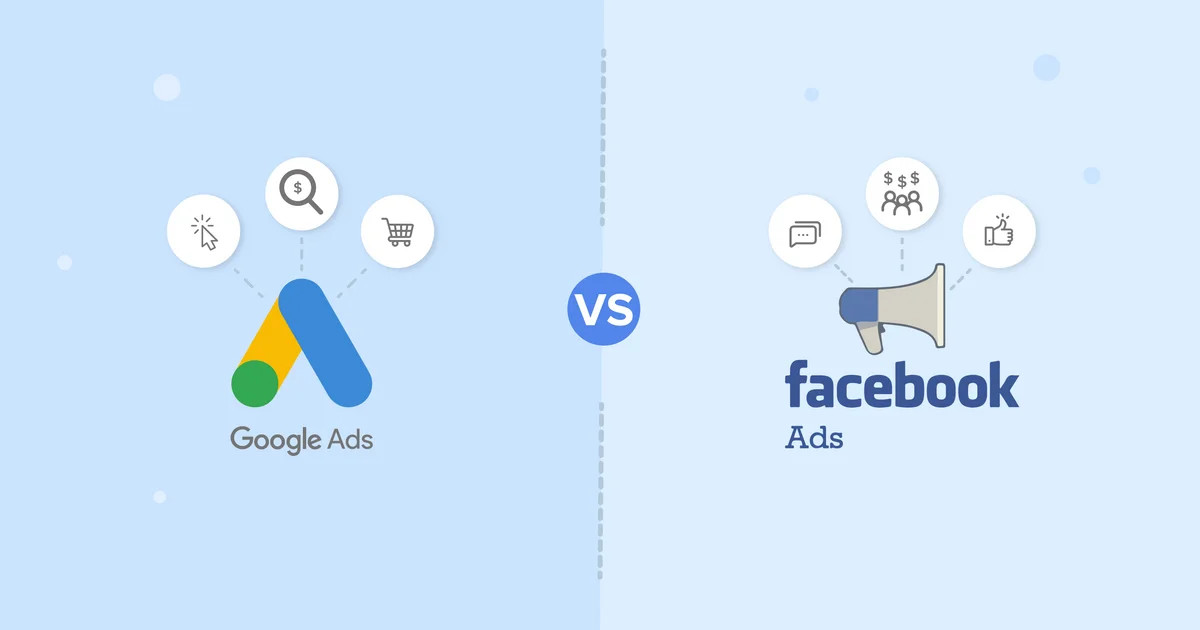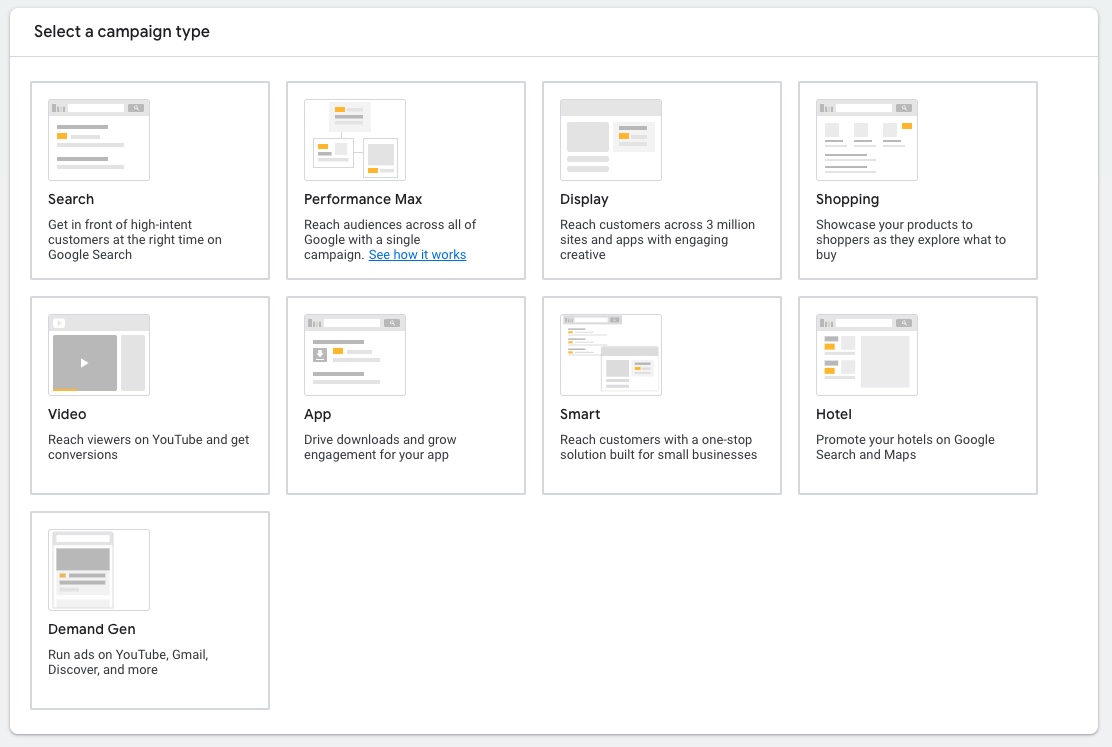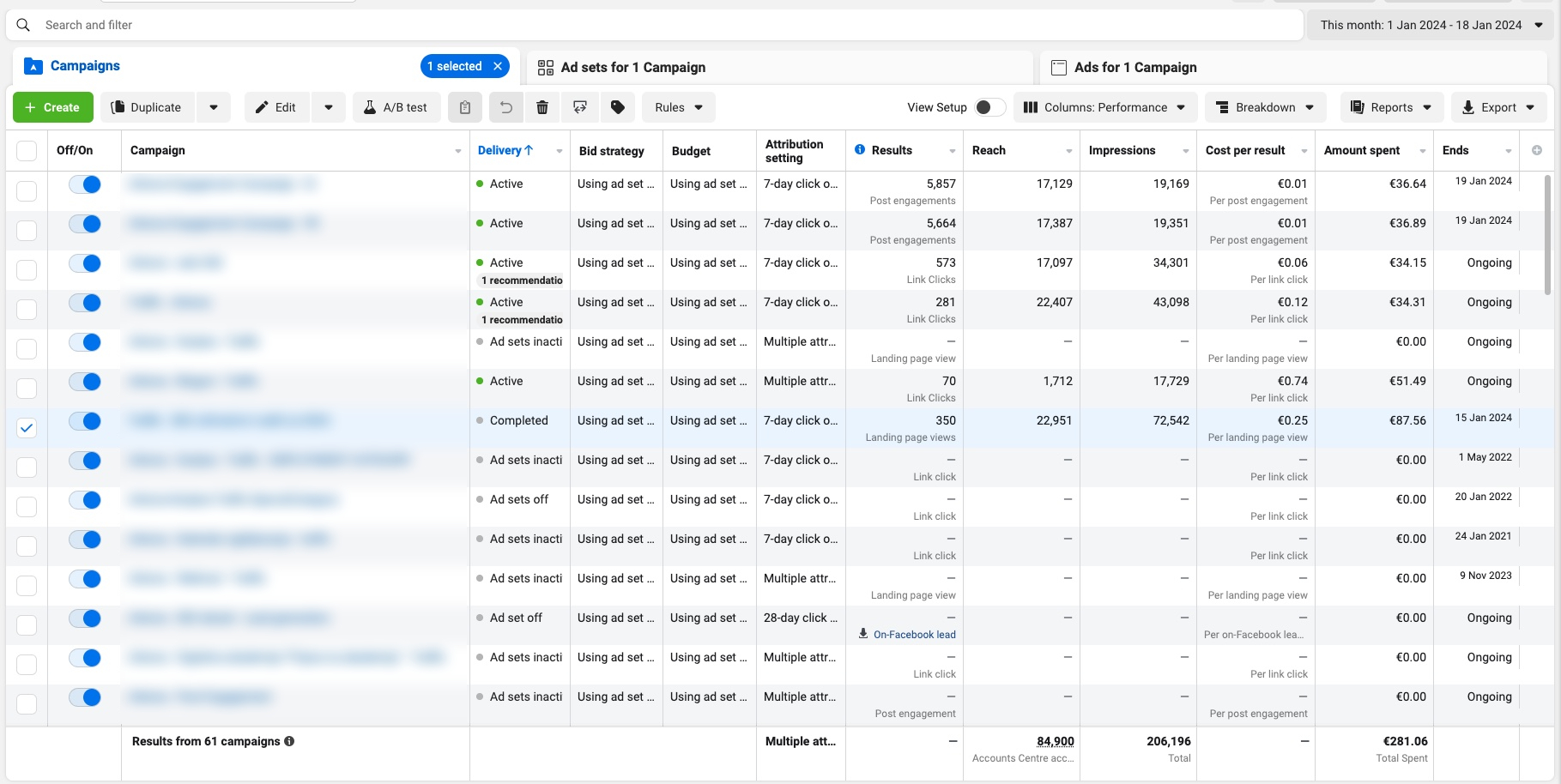Arbona: Google Ads vs. Meta Ads - Which Type of Advertising to Choose?
When it comes to digital advertising, two platforms dominate the market: Google Ads and Meta Ads. Each has its unique characteristics, and choosing the right platform can significantly impact the success of a digital marketing campaign.
Firstly, it's important to clarify that excellent results can be achieved on both platforms, and often a combination of both is recommended. However, for some brands, one of these platforms may have greater potential than the other, which is especially important to know in case of limited advertising budgets.
Comparison of Google Ads and Meta Ads
Below is a comparison of the key characteristics of these platforms: ad placement, campaign goals, targeting, ad formats, pricing and budget, and analytics.
1. Ad Placement: Google Ads offers several forms of ad placements.
The first type is search ads, appearing in user search results, allowing you to reach relevant users actively searching for information. The second type is display ads, shown on partner sites and the Google Display Network, which includes millions of websites using Google AdSense. Additionally, video ads on YouTube are available.
Meta Ads primarily uses Facebook and Instagram for ad placement, with the possibility of displaying ads within a network of millions of partner mobile applications that are part of the Meta Audience Network.
Display of search ads
Display of search ads
2. Campaign Goals
In Google Ads settings, it's possible to choose a campaign goal, but this step is optional. The next step involves choosing the type of campaign (Search, Display, Performance Max, Discovery, etc.). Generally, Google Ads is extremely effective for action-oriented campaigns, like increasing sales or generating leads. Thanks to its ability to target based on search intent, it's ideal for brands wanting to attract users already in the decision-making stage of purchasing. It can also be useful for increasing brand visibility, but its real strength lies in targeting users ready to buy.
Choosing a campaign type in Google Ads
Choosing a campaign type in Google Ads
3. Target Audiences
Google Ads excels in targeting users based on their search queries. This means it's possible to precisely target users actively searching for categories of products or services offered by the advertiser. The platform also allows targeting based on geographic location, devices, and language, helping tailor campaigns to a specific audience. With the vast amount of data Google has on its users, advertisers can also use remarketing to target those who have already shown interest in their products or services.
Meta Ads is characterized by the ability for deep and detailed targeting. Advertisers can use a wide range of demographic information like age, gender, education, and marital status to define their target audience. Additionally, the platform allows targeting users based on their interests, hobbies, and behavior on social networks. This means advertisers can create very precise profiles of their target audience. Additionally, the very useful option of lookalike audiences is available, involving creating a new audience similar to existing customers, with the aim of increasing the campaign's reach.
4. Ad Formats
Google Ads offers a variety of formats, including text ads, image ads, video ads, and mobile app ads. These formats are tailored to different stages of the purchasing process. Meta ads include a title, description, main text, call to action, and one or more images or videos.
Meta Ads stands out with its creative and visually attractive formats, such as stories, carousel, video ads, and interactive ads. These formats are particularly effective for creating engagement and emotional connections with the audience. Google Ads increasingly involves responsive ads, which combine your inputs (up to 15 titles, 4 descriptions, and visuals) into thousands of different combinations, selected for each individual user based on the algorithm's estimation.
5. Pricing and Budgets for Advertising
Prices on Google Ads can be higher due to stiff competition, especially for popular keywords. Budgets can be adjusted, but the effectiveness of the campaign generally depends on the amount invested. Meta Ads usually offers lower costs per click (CPC) and greater flexibility in budgeting, making it generally more accessible for small and medium-sized businesses. Campaigns can be optimized even with smaller budgets.
Regarding budget settings within the platforms, Meta allows setting daily and lifetime budgets, while Google only has the option of daily budgets set for the duration of the campaign. It's important to know that the daily budget does not imply a maximum, but an average daily spend. This means that daily spending on Meta ads can be up to 25% higher than the daily budget, although over 7 days of the campaign, the total spend will be 7 daily budgets. On the other hand, daily spending on Google can be up to 100% higher than the daily budget, but over 30 days, it will not exceed 30.4 daily budgets.
6. Result Analysis
Google Ads offers advanced analytical tools that allow for detailed tracking of conversions, clicks, impressions, and other key metrics. This helps advertisers to precisely measure campaign success and optimize strategies. Along with this, tracking results in Google Analytics is also recommended, which is quite complex to use, but at the same time provides significantly more details about campaign success and user behavior.
Basic analytics overview on Google Ads
Meta Ads also provides good analytical capabilities, with an emphasis on measuring user engagement, reach, and interactions. Analytics on Meta is intuitive and provides insight into how the audience reacts to the ads.
Analytics overview on Meta
In any case, experimenting with both platforms can provide a better understanding of which one best suits your business needs. There is no one-size-fits-all solution in digital advertising, but by understanding the key differences between Google Ads and Meta Ads, you can make a better decision that will help grow your business.
Source: Arbona.rs
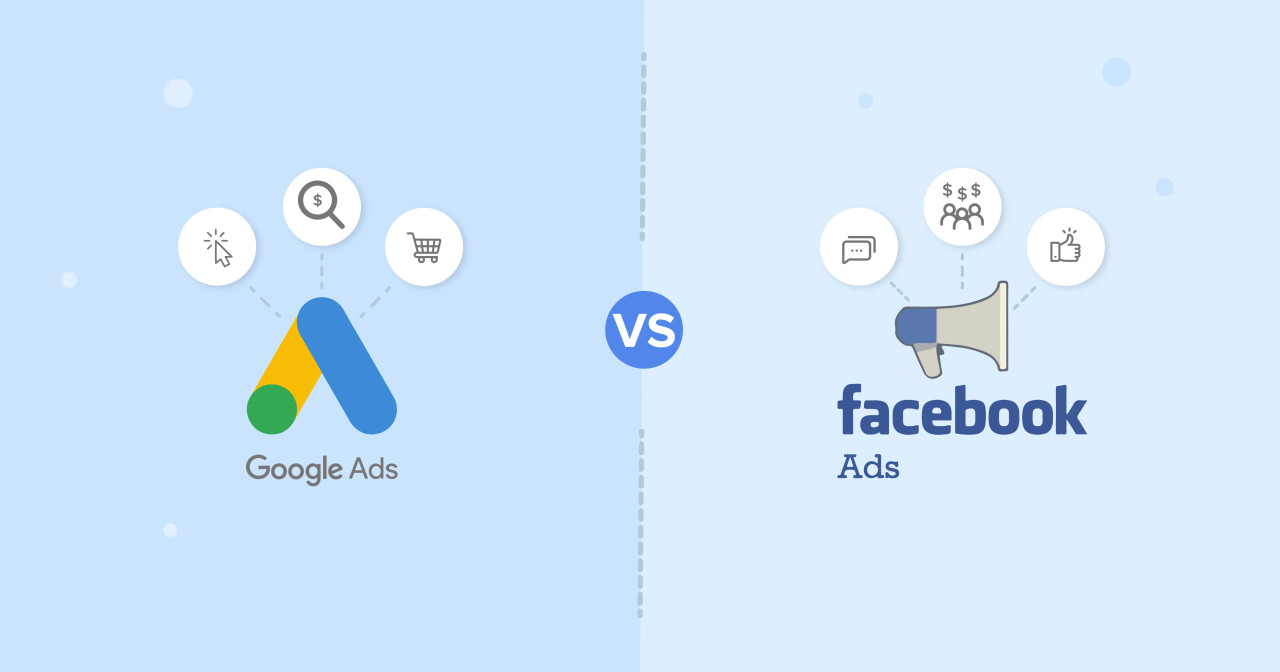
Wordstream: Meta Ads vs. Google Ads: 6 Key Differences - Blog
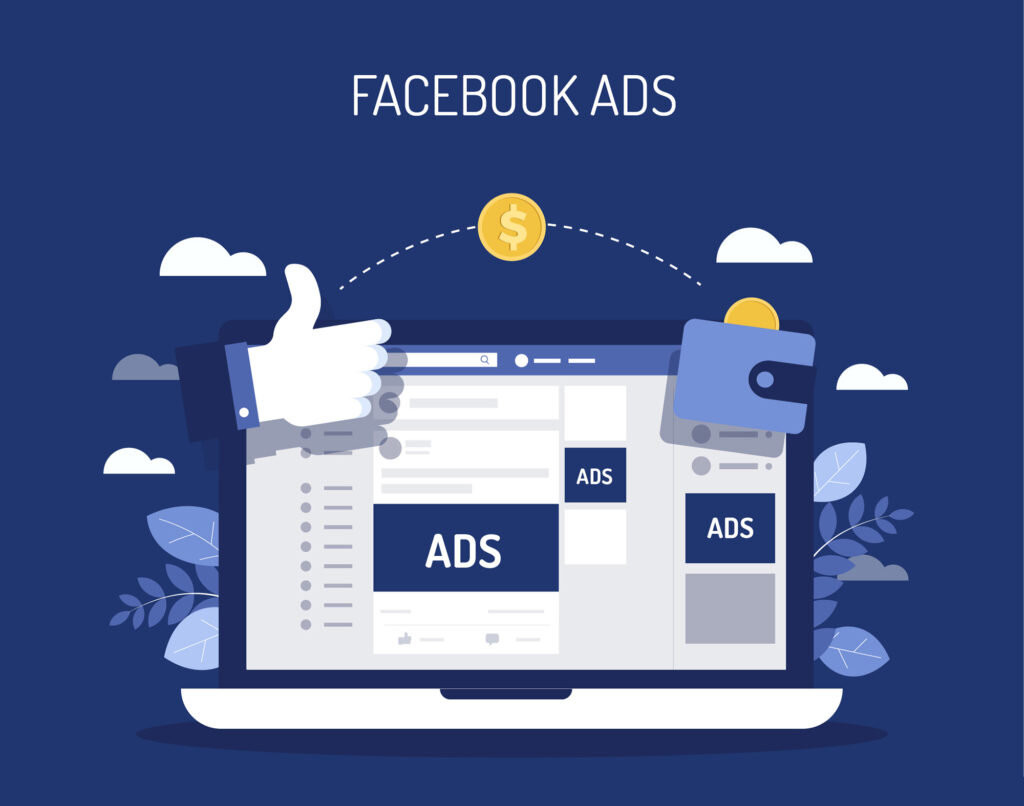
WordStream The Facebook Ad Library: Your Secret Tool to Spy on Your Competitors - Blog

The importance of Facebook (Meta) for small businesses - Blog

Top 10 reasons why every business needs an internet presence - Blog

16 reasons why your business needs a website - Blog
When you subscribe to the blog, we will send you an e-mail when there are new updates on the site so you wouldn't miss them.

